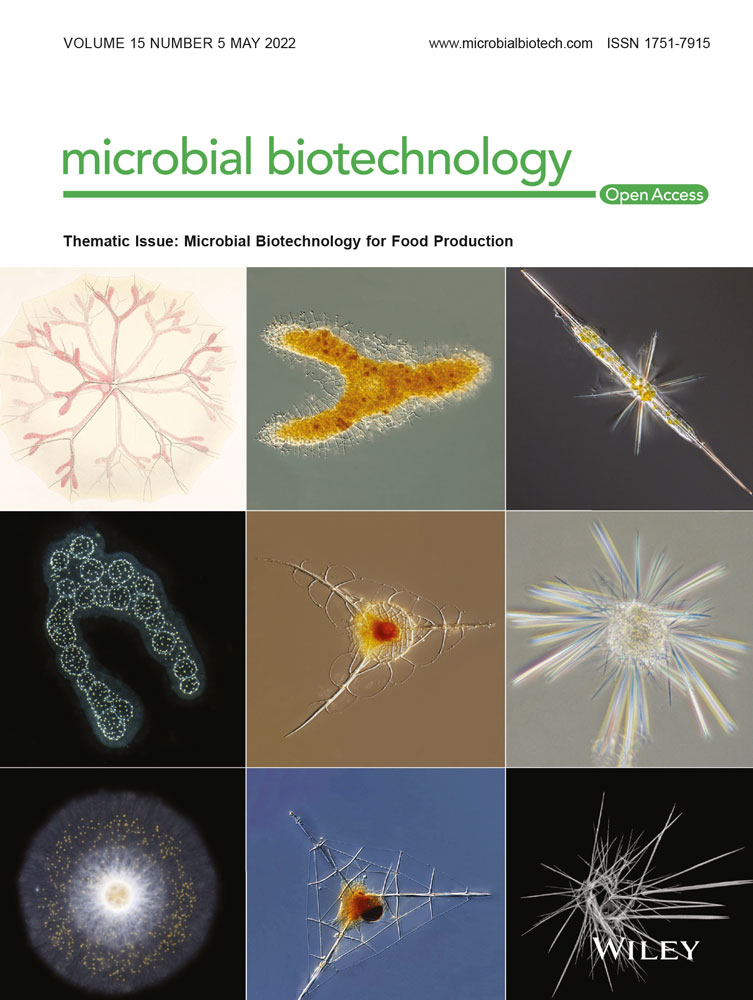Ver ítem
- xmlui.general.dspace_homeCentros Regionales y EEAsCentro Regional Mendoza - San JuanEEA MendozaArtículos científicosxmlui.ArtifactBrowser.ItemViewer.trail
- Inicio
- Centros Regionales y EEAs
- Centro Regional Mendoza - San Juan
- EEA Mendoza
- Artículos científicos
- Ver ítem
Generation of intra- and interspecific Saccharomyces hybrids with improved oenological and aromatic properties
Resumen
Non-wine yeasts could enhance the aroma and organoleptic profile of wines. However, compared to wine strains, they have specific intolerances to winemaking conditions. To solve this problem, we generated intra- and interspecific hybrids using a non-GMO technique (rare-mating) in which non-wine strains of S. uvarum, S. kudriavzevii and S. cerevisiae species were crossed with a wine S. cerevisiae yeast. The hybrid that inherited the wine yeast mitochondrial
[ver mas...]
Non-wine yeasts could enhance the aroma and organoleptic profile of wines. However, compared to wine strains, they have specific intolerances to winemaking conditions. To solve this problem, we generated intra- and interspecific hybrids using a non-GMO technique (rare-mating) in which non-wine strains of S. uvarum, S. kudriavzevii and S. cerevisiae species were crossed with a wine S. cerevisiae yeast. The hybrid that inherited the wine yeast mitochondrial showed better fermentation capacities, whereas hybrids carrying the non-wine strain mitotype reduced ethanol levels and increased glycerol, 2,3-butanediol and organic acid production. Moreover, all the hybrids produced several fruity and floral aromas compared to the wine yeast: β-phenylethyl acetate, isobutyl acetate, γ-octalactone, ethyl cinnamate in both varietal wines. Sc × Sk crosses produced three- to sixfold higher polyfunctional mercaptans, 4-mercapto-4-methylpentan-2-one (4MMP) and 3-mercaptohexanol (3MH). We proposed that the exceptional 3MH release observed in an S. cerevisiae × S. kudriavzevii hybrid was due to the cleavage of the non-volatile glutathione precursor (Glt-3MH) to detoxify the cell from the presence of methylglyoxal, a compound related to the high glycerol yield reached by this hybrid. In conclusion, hybrid generation allows us to obtain aromatically improved yeasts concerning their wine parent. In addition, they reduced ethanol and increased organic acids yields, which counteracts climate change effect on grapes.
[Cerrar]

Autor
Perez, Maria Dolores;
Denat, Marie;
Pérez-Través, Laura;
Heras, José María;
Guillamón, José Manuel;
Ferreira, Vicente;
Querol, Amparo;
Fuente
Microbial Biotechnology : 1-15 (First published: 29 April 2022)
Fecha
2022-04
Editorial
Wiley
ISSN
1751-7915
Formato
pdf
Tipo de documento
artículo
Palabras Claves
Derechos de acceso
Abierto
 Excepto donde se diga explicitamente, este item se publica bajo la siguiente descripción: Creative Commons Attribution-NonCommercial-ShareAlike 2.5 Unported (CC BY-NC-SA 2.5)
Excepto donde se diga explicitamente, este item se publica bajo la siguiente descripción: Creative Commons Attribution-NonCommercial-ShareAlike 2.5 Unported (CC BY-NC-SA 2.5)


